On spherical Tarski's plank problems
姜子麟 Zilin Jiang
Technion – Israel Institute of Technology
28th May 2017
Joint work with Саша Полянский Alexandr Polyanskii
Plank
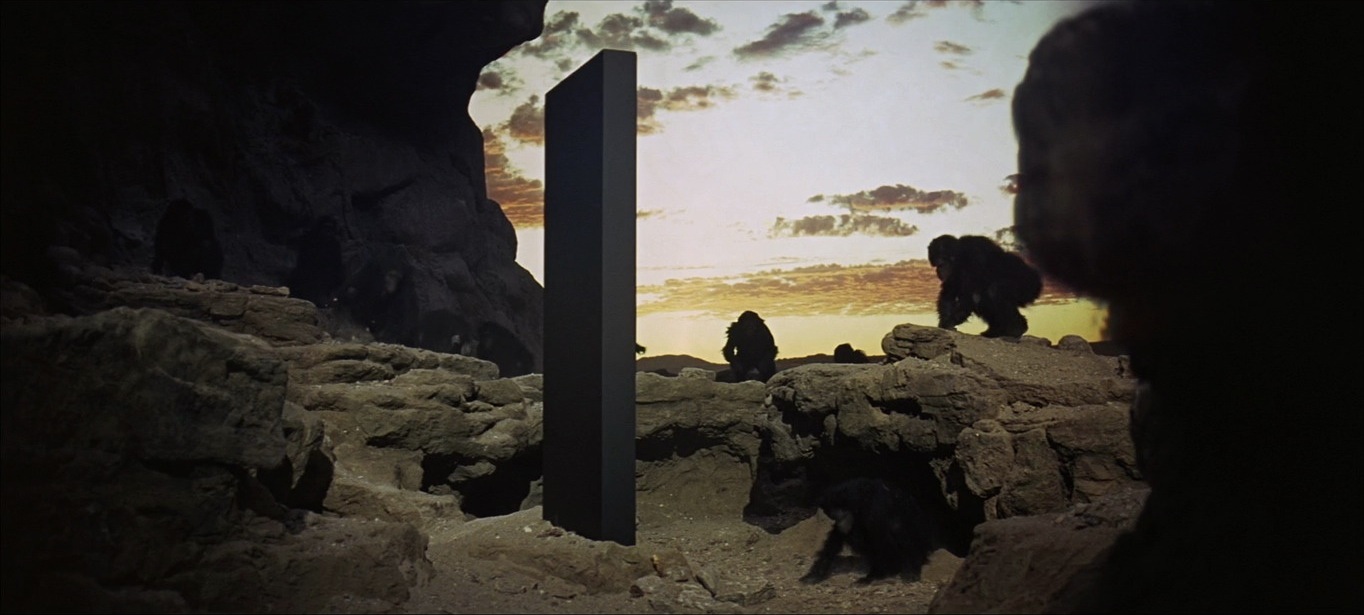
Plank
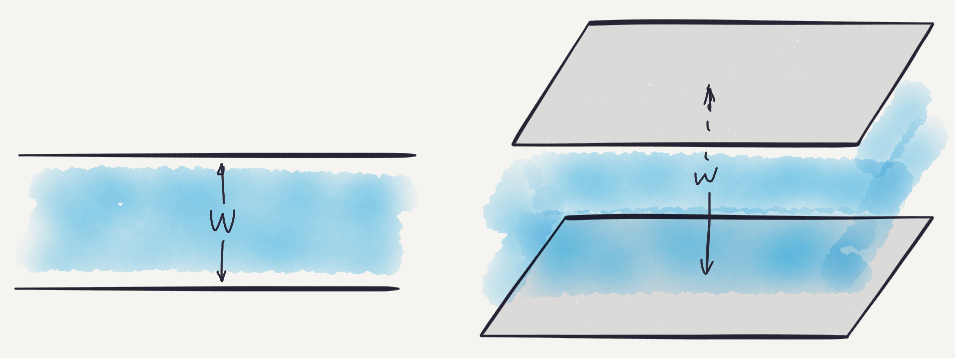
A plank (or slab, strip) of width $w$ is part of $\mathbb{R}^d$ that lies between two parallel hyperplanes at distance $w$.
Tarski's plank problem



The width of $C$ is the smallest width of plank covers $C$.
If convex body $C$ is covered by planks, then ...
total width of planks is at least width of $C$.
Proved by Thøger Bang in 1950.
Zone
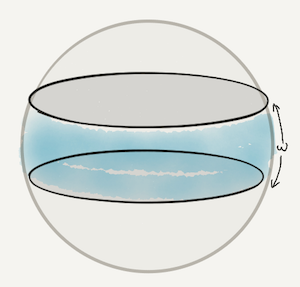
A zone of width $\omega$ is part of sphere that lies within spherical distance $\omega/2$ of a given great circle.
Fejes Tóth's zone conjecture


The total width of zones covering sphere is at least ... $\pi$.
Research Problems: Exploring a Planet.
American Mathematical Monthly, 1973.
1972 Rosta: 3 zones of equal width;
1974 Linhart: 4 zones of equal width;
2016 Fodor, Vígh and Zarnócz: if $100$ zones of equal width $w$ cover sphere, then $w \ge 0.02032$;


2017 J.–Polyanskii: any set of zones, any dimension, charaterize the equality cases.
Plan of talk
Bang's proof of Tarski's plank problem
Proof of Fejes Tóth's zone conjecture
Bang's proof



$\vec{w}_i :=$ vector representing plank $i$.
$L := \{\pm \vec{w}_1 \pm \dots \pm \vec{w}_n\}$ = projection of $\{\pm 1\}^n$.
Idea 1: $L$ cannot be covered by the planks.
Idea 2: $L$ can be embeded in $C$ of large width.
Bognár's simplification
Special case: all planks are centered at O.

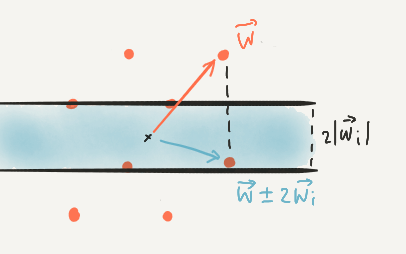
Claim: $\vec{w}\in L$ achieving max norm is not covered.
$|\vec{w}| \ge |\vec{w} \pm 2\vec{w}_i| \implies w$ not covered by plank $i$.
General case
$\vec{w} = \pm \vec{w}_1 \pm \dots \pm \vec{w}_n \in L$ achieves max norm iff
$|\epsilon_1 \vec{w}_1 + \dots + \epsilon_n \vec{w}_n|^2$ is maximized on $\{\pm 1\}^n$.
In general, plank $i$: $|\vec{w} \cdot \vec{w}_i$$+ b_i$$| \le |\vec{w}_i|^2$.
Optimize quadratic function:
$\sum \epsilon_i\epsilon_j (\vec{w}_i\cdot\vec{w}_j)$ $+\sum b_i\epsilon_i$
Plan of talk
Bang's proof of Tarski's plank problem
Proof of Fejes Tóth's zone conjecture
Fejes Tóth's zone conjecture
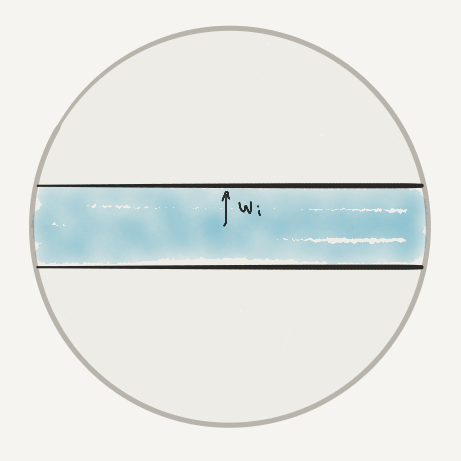
Suppose $\vec{w}_i$ is vector representing zone $i$.
Bang: some $\vec{w} = $$\epsilon_1$$\vec{w}_1 + \dots +$$\epsilon_n$$\vec{w}_n$ is not covered.
To Bang or to ...?
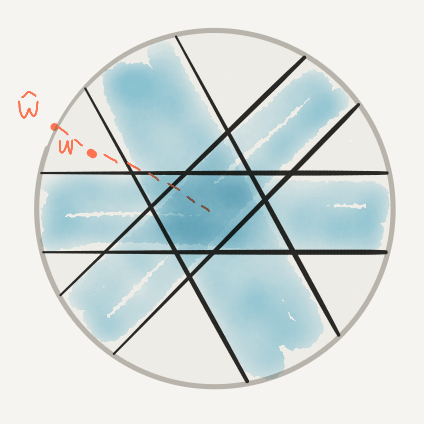
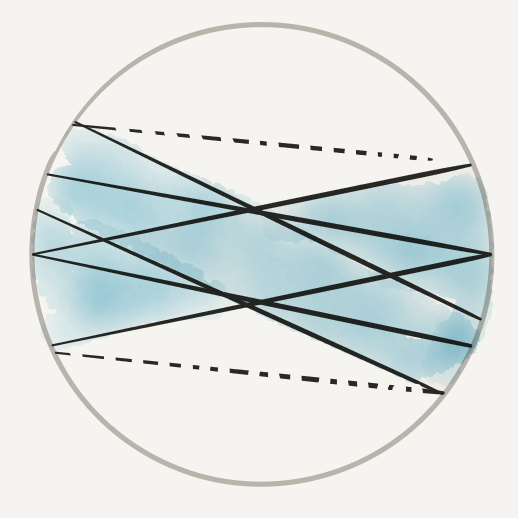
If $|\vec{w}| \le 1$, then $\hat{w}$ is not covered.
Otherwise, $\vec{w} = \vec{w}_1 + \dots + \vec{w}_n$ is of big maginitude ...
we can merge some zones!
When to merge?

$\angle(\vec{w}_1, \vec{w}_2) \le \alpha_1 + \alpha_2$
Trignometry
$\angle(\vec{w}_1, \vec{w}_2) \le \alpha_1 + \alpha_2$
$\cos \angle(\vec{w}_1, \vec{w}_2) \ge \cos(\alpha_1 + \alpha_2)$
$|\vec{w}_1 + \vec{w}_2|^2 = |\vec{w}_1|^2 + 2|\vec{w}_1||\vec{w}_2|\cos\angle(\vec{w}_1, \vec{w}_2) + |\vec{w}_2|^2$
$\ge \sin^2\alpha_1 + 2\sin\alpha_1\sin\alpha_2\cos(\alpha_1 + \alpha_2) + \sin^2\alpha_2$
$= \dots = \sin(\alpha_1 + \alpha_2)^2$.
Can merge 2 zones when $|\vec{w}_1 + \vec{w}_2| \ge \sin(\alpha_1 + \alpha_2)$.
Punchline
In general, can merge some zones when $|\vec{w}_1 + \dots + \vec{w}_n| \ge \sin(\alpha_1 + \dots + \alpha_n)$.
Assume half of total width $\alpha_1 + \dots + \alpha_n < \pi / 2$.
If $|\vec{w}| \leq 1 $, $\hat{w}$ is not covered.
Otherwise $|\vec{w}| > 1 > \sin(\alpha_1 + \dots + \alpha_n)$, merge!
Application
Projective duality
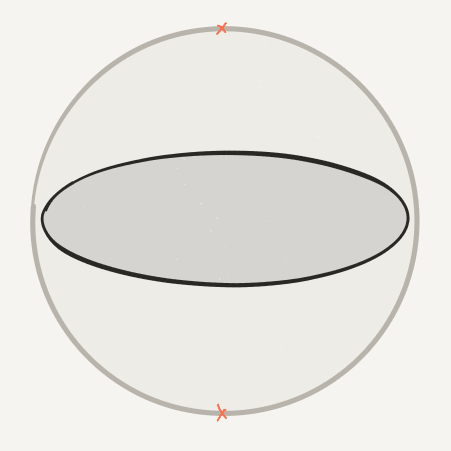
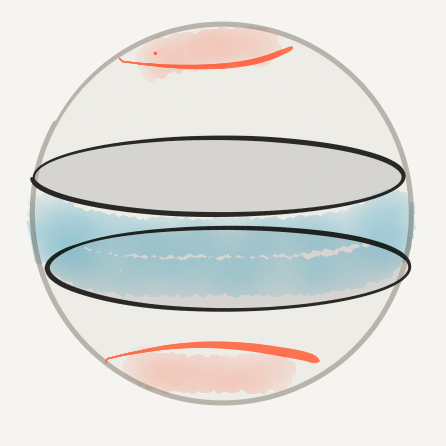
Great circle $\leftrightarrow$ Antipodal points
Zone $\leftrightarrow$ Antipodal caps
If every great circle intersects (antipodal) caps...
then total radius of caps is at least $\pi/2$.
Covering a cap
The total width of zones covering cap of radius $r$...


is at least $2r$.
Conjecture (Fejes Tóth): ... covering spherical convex domain $D$ is at least width of $D$.
Open problem
Bang's plank conjecture
Measure relative to $C$ in direction normal to plank.

Conjecture: total relative width of planks covering $C$ is at least $1$.
Bezdek's annulus problem

Conjecture: total width of planks covering punctured disk is at least diameter.
Technion – Israel Institute of Technology
zilinj@mit.edu